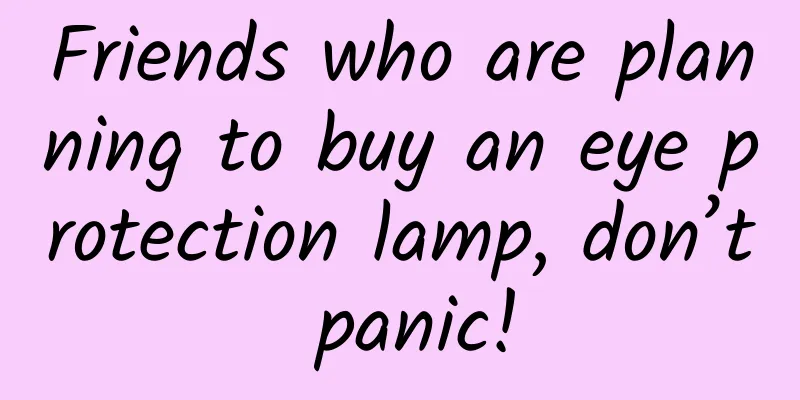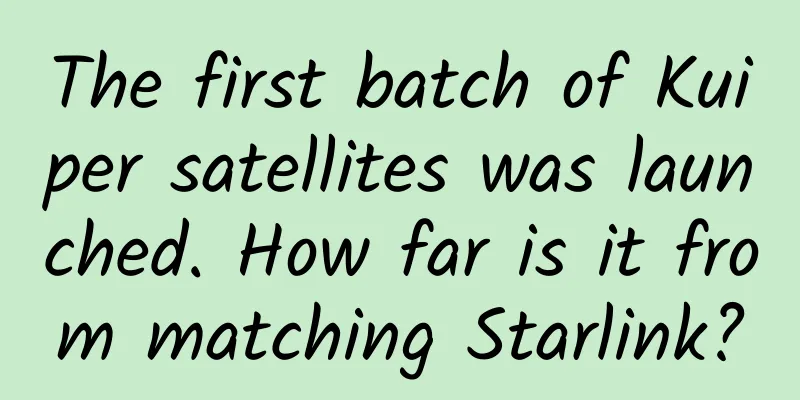What does aerosol transmission mean? How many meters is the range? What are the differences from droplet transmission?

| Droplet transmission, contact transmission, and aerosol transmission are the three common transmission routes of COVID-19. At noon on April 10, the Ningbo Center for Disease Control and Prevention issued a notice that an incident suspected to be caused by aerosol transmission occurred in this round of epidemic in Ningbo. So, what does aerosol transmission mean? How many meters is the range? What are the differences from droplet transmission? 1. What does aerosol transmission mean? Aerosol transmission refers to the pathogen nuclei left behind by droplets while suspended in the air. These droplet nuclei float to distant places in solid or liquid form to spread and infect. Simply put, aerosol transmission refers to droplets mixing in the air to form aerosols, which cause infection after inhalation. 2. How many meters is the aerosol transmission range? The propagation distance of aerosols can reach tens or even hundreds of meters, which is mainly related to the type of microorganisms and the environment. In an environment with air convection, the aerosol will float with the air, and its propagation path and distance will be expanded. If it is in a closed environment, the concentration of aerosols will increase, which will make the human body more susceptible to infection. Therefore, the transmission distance is not only related to the aerosol mode, but also to the virus load and environmental circulation. 3. What are the differences between aerosol transmission and droplet transmission? 1. Different key solutes The key solute for droplet transmission is droplets, and the key solute for aerosol transmission is droplet nucleus, that is, the nucleus composed of protein and pathogens. 2. The volume of solutes is different. The volume of droplet transmission is larger, while the volume of aerosol transmission is smaller and lighter. 3. Different transmission distances: The transmission distance of droplet transmission is generally 1-2 meters, and it will not float in the air for a long time. Aerosol transmission can float with the wind, and the risk of transmission still exists within the range of 1-2 meters. 4. Different concentrations: The concentration of droplet transmission is higher, and the concentration of aerosol transmission is lower. 5. Different transmission conditions: Droplet transmission occurs when talking, coughing, or sneezing, while aerosol transmission mainly occurs in confined spaces, such as airplanes, elevators, cinemas, and other places with poor air flow. When ventilation conditions improve and the virus is diluted to a certain extent, the risk will naturally decrease. In general, although the new coronavirus can be transmitted through aerosols, don't worry too much. It can be prevented by wearing a mask correctly and washing hands frequently during daily travel. |
<<: Perfect Diary’s secret to live streaming on Tik Tok!
>>: Analysis of the effectiveness of LV’s live broadcast on Xiaohongshu!
Recommend
High conversion community operation skills
" Community operation is the most tiring job...
Form costs reduced by 30%, home decoration advertising case!
With the further deepening of regulation and cont...
Solve the three major pain points of information flow promotion in 5 steps! Collected~
In our promotion process, we often encounter thre...
Jiang Yulong (Fenglinyang) Prince Quantitative Theory and Practice Teaching Base No. 22
: : : : : : : : : : : : : : :...
Song Yuehan's "Chinese Medicine Syndrome Differentiation Video" teaches you how to accurately diagnose syndromes, and you will understand it after learning it once
Training course video lecture content introductio...
Planting rice in a desert greenhouse! How do Chinese scientists accomplish the "impossible mission"?
What can be grown in the desert? Cacti, saxaul, w...
How much does it cost to customize the Yichang steel mini program? What is the price of Yichang steel mini program customization?
In order to better penetrate into various industr...
How does 360 make money for free? How does 360 company make money?
360 has a lot of software, among which the ones w...
Installing cameras at home? Not recommended
Recently, the topic #Police recommend not to inst...
4 tips to simplify your IT programmer's work life
If you could simplify your life—doing fewer borin...
Today is the beginning of autumn丨After the rain, the locust flowers bloom and the willow shadows are about to fall
August 7, 20:29 Beijing time We will usher in the...
The future has arrived: Haier kitchen appliances enter the era of IoT intelligent collaboration
In recent years, with the continuous increase in ...
One picture to understand | Don’t pick these “king mushrooms” in Beijing, they are poisonous!
It is the peak season for wild mushrooms. Ingesti...
Why can the price of the same bottle of soy sauce vary by 5 times? The truth behind it...
When it comes to soy sauce, I believe everyone is...
2019 Talent GoGo Breaks into Traffic Dealer "SEO and Application Programming" Free Baidu Netdisk Download
Course content introduction Two modules: "SE...









